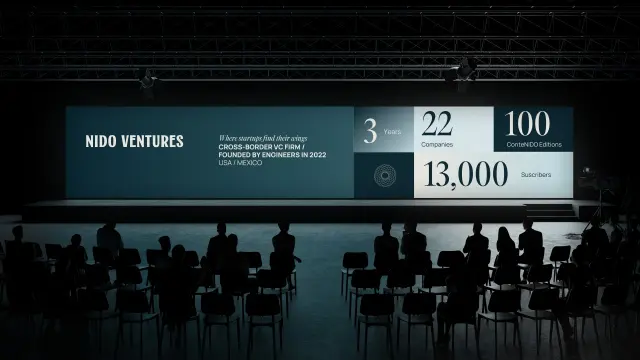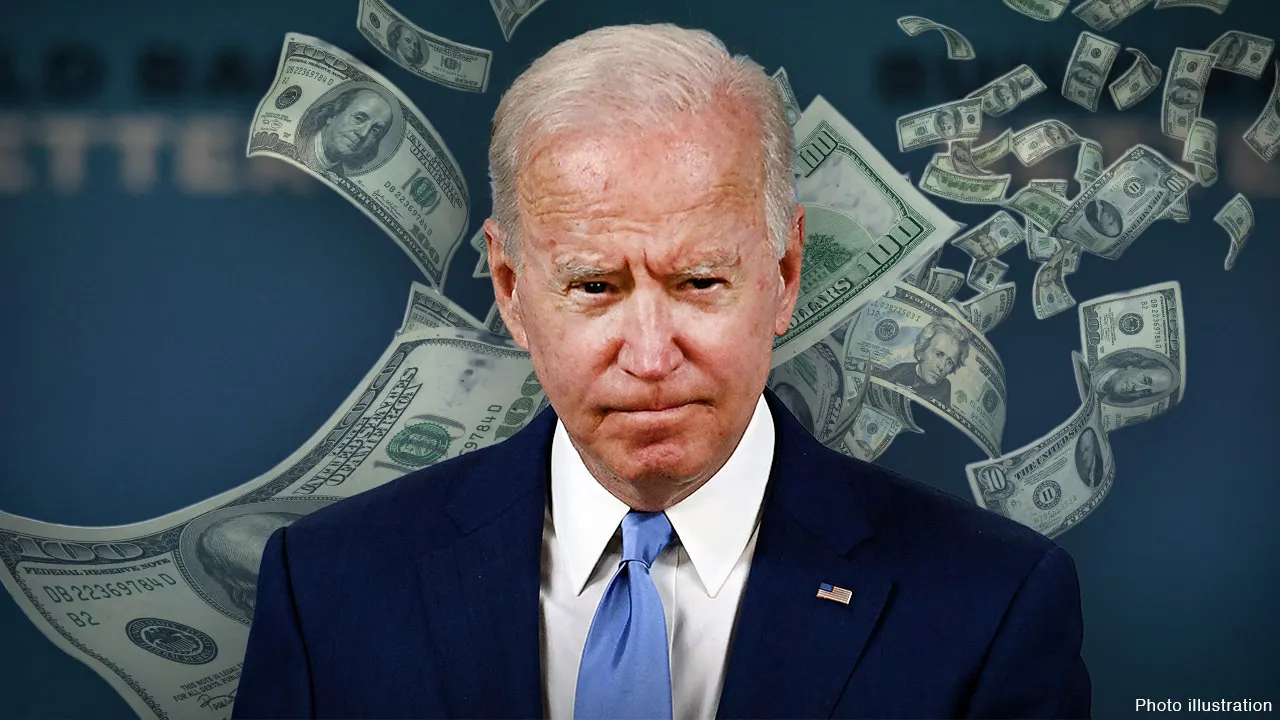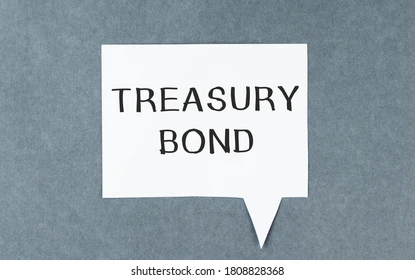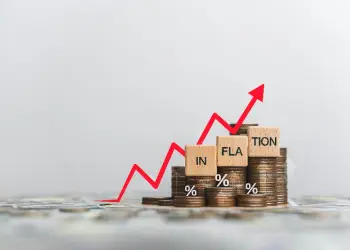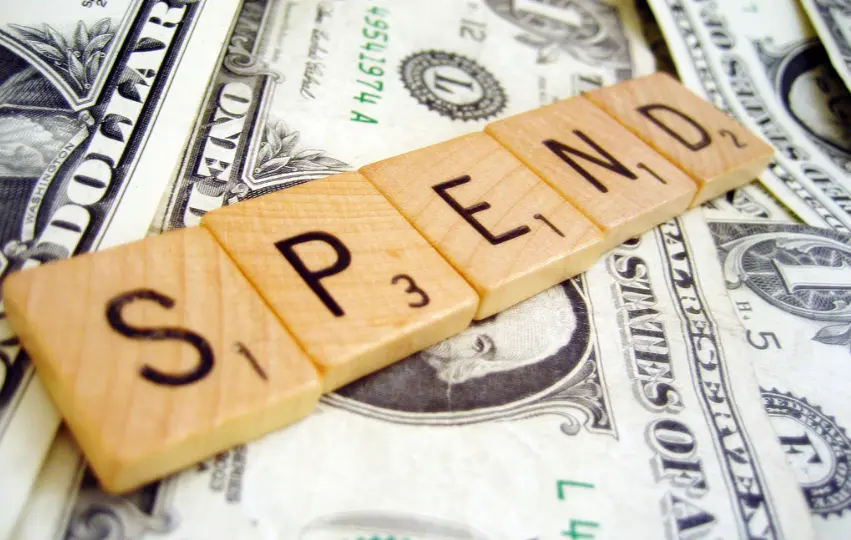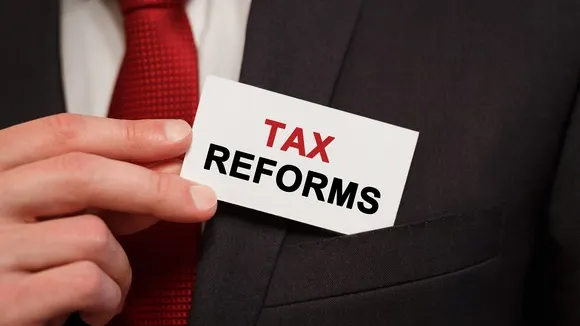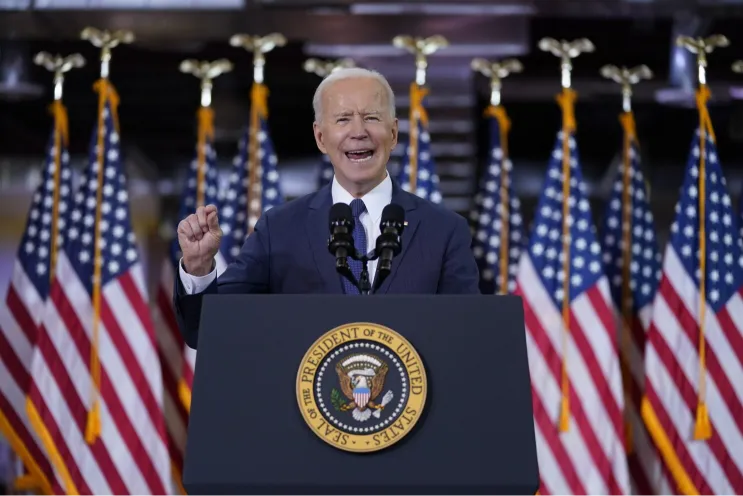Budgeting in 2025 is easier than ever with AI-driven tools, automation, and smart financial strategies. This guide explores the best ways to create a budget, cut unnecessary expenses, and build long-term wealth.
Discover the top budgeting strategies in 2025 to save more, spend wisely, and grow your wealth effortlessly.
Introduction: Why Budgeting is Essential in 2025
With inflation, rising living costs, and economic uncertainty, budgeting has become more crucial than ever. A well-structured budget helps individuals track their spending, save money, and achieve financial goals.
Zero-Based Budgeting – Every Dollar Has a Purpose
Zero-based budgeting ensures that every dollar is allocated to a specific category, whether it’s savings, bills, investments, or discretionary spending. Apps like YNAB (You Need A Budget) help users implement this method effectively.
The 50/30/20 Rule – A Simple and Effective Approach
One of the most popular budgeting methods, the 50/30/20 rule allocates 50% of income to needs, 30% to wants, and 20% to savings or debt repayment.
AI-Powered Budgeting Apps – Automate and Optimize Spending
Apps like Mint, PocketGuard, and Cleo use AI to track expenses, analyze spending habits, and suggest areas to cut back on to maximize savings.
Envelope System – Old-School But Effective
The envelope budgeting system involves dividing cash into envelopes for different spending categories. Digital versions, such as Goodbudget, allow users to apply the same principles electronically.
Expense Tracking – Know Where Every Dollar Goes
Using spreadsheets, mobile apps, or expense tracking tools like Expense Manager helps individuals understand their financial patterns and adjust spending habits accordingly.
Subscription Management – Eliminating Unnecessary Expenses
With streaming services, gym memberships, and app subscriptions adding up, tools like Rocket Money and Truebill help identify and cancel unused subscriptions.
Emergency Funds – A Crucial Part of Budgeting
Setting aside three to six months’ worth of expenses in an emergency fund helps protect against unexpected financial challenges like job loss or medical emergencies.
Sinking Funds – Preparing for Big Expenses
A sinking fund is a dedicated savings account for expected large purchases, such as vacations, holiday gifts, or home repairs, reducing the need for loans or credit card debt.
Side Hustles – Boosting Income for Better Budgeting
Having a side hustle, such as freelancing, affiliate marketing, or selling products online, can supplement income and provide extra financial flexibility.
Debt Payoff Strategies – Snowball vs. Avalanche Method
The snowball method focuses on paying off the smallest debts first for psychological motivation, while the avalanche method targets high-interest debts first to save money.
Smart Grocery Shopping – Cutting Food Costs Without Sacrificing Quality
Planning meals, using grocery cashback apps, and buying in bulk can significantly reduce food expenses while maintaining a healthy lifestyle.
Automating Savings – Set It and Forget It
Setting up automatic transfers to savings accounts ensures consistent contributions, making it easier to stick to financial goals.
Reviewing and Adjusting Your Budget – Keeping It Effective
Regularly reviewing financial statements and adjusting the budget based on income and expenses helps maintain financial stability and growth.
The Path to Financial Freedom Through Budgeting
By using the right budgeting methods, tracking expenses, and prioritizing savings, individuals can take full control of their financial future in 2025 and beyond.






